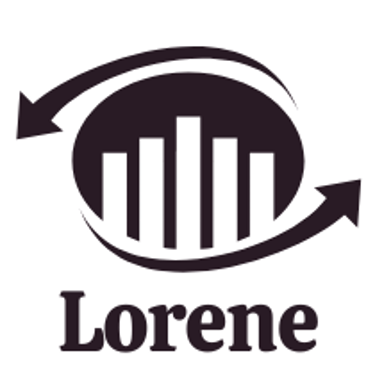The Importance of a Well Structured Chart of Accounts
This post describes the importance of a well thought out chart of accounts
12/27/20242 min read
A well-structured Chart of Accounts (COA) is critical for the financial health and smooth operation of any organization. Here’s why it is so important:
Improved Financial Reporting and Analysis: A well-organized COA ensures that financial transactions are accurately categorized and easy to track. This leads to more accurate financial statements, allowing management to make informed decisions. It also enables easier comparison of financial data over time, highlighting trends and potential issues.
Enhanced Decision-Making: When financial data is clearly organized, it enables stakeholders to quickly access and interpret the information they need. This makes it easier for management to identify areas of strength or weakness and take appropriate actions, such as cost-cutting or investment planning.
Streamlined Compliance: A properly structured COA makes it easier to comply with accounting standards (such as GAAP or IFRS), tax laws, and regulatory requirements. It ensures that financial transactions are recorded in the correct categories, which can help prevent legal or tax issues and ease the auditing process.
Consistency and Standardization: With a clear, consistent COA, all users (accountants, financial analysts, managers) follow the same guidelines for recording transactions. This reduces errors, confusion, and the risk of financial misreporting. It also aids in financial consistency across different departments, regions, or business units.
Scalability: As an organization grows, its financial data becomes more complex. A flexible and scalable COA allows the business to handle increased transactions, new business units, or additional departments without a significant overhaul. It enables the seamless addition of new accounts as needed while maintaining clarity.
Budgeting and Forecasting: A structured COA supports accurate budgeting and forecasting processes. By ensuring that expenses and revenues are categorized consistently, management can track variances between planned budgets and actual results, improving the forecasting process for future periods.
Internal Controls and Audit Trails: A properly structured COA helps establish effective internal controls by clearly identifying and separating different types of financial activities. This aids in monitoring and detecting discrepancies or fraud. It also facilitates smoother audits, as auditors can trace all transactions back to clearly defined accounts.
Efficiency and Time-Saving: With a well-organized COA, staff can quickly identify the correct account for each transaction, reducing the time spent on bookkeeping and minimizing errors. This leads to more efficient financial operations and less time spent on reconciliation and adjustments.
Better Financial Integration: For businesses with multiple departments, locations, or subsidiaries, a standardized COA ensures that financial data can be easily consolidated. This enhances financial transparency and allows the organization to have a clear, unified view of its overall financial health.
Customization to Business Needs: A flexible COA can be tailored to the specific needs of the business. For example, a manufacturing company might need different categories for raw materials, work-in-progress, and finished goods, while a service company may focus more on labor costs. The chart of accounts can be designed to reflect these nuances, making it a more effective tool for financial management.
In conclusion, a well-structured COA not only ensures accurate financial reporting but also provides long-term benefits in terms of scalability, compliance, decision-making, and overall business efficiency.
